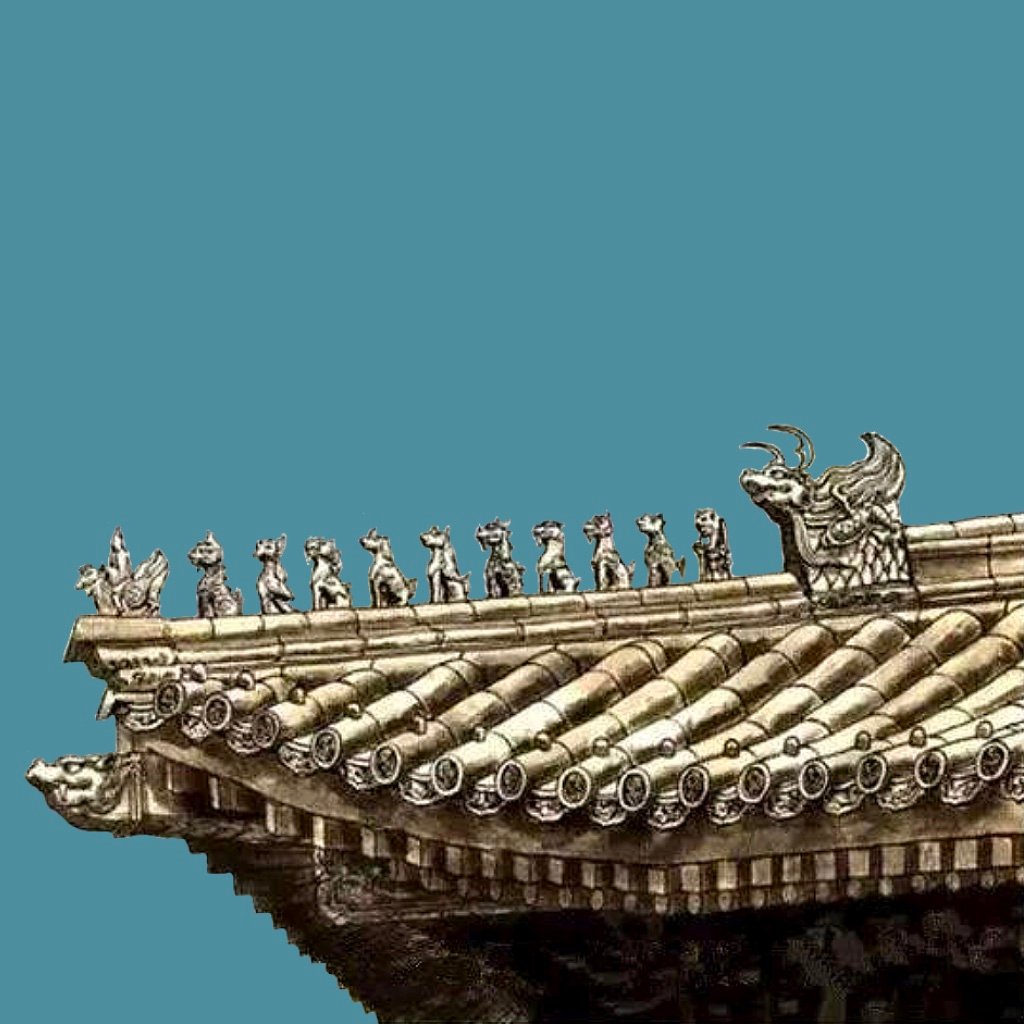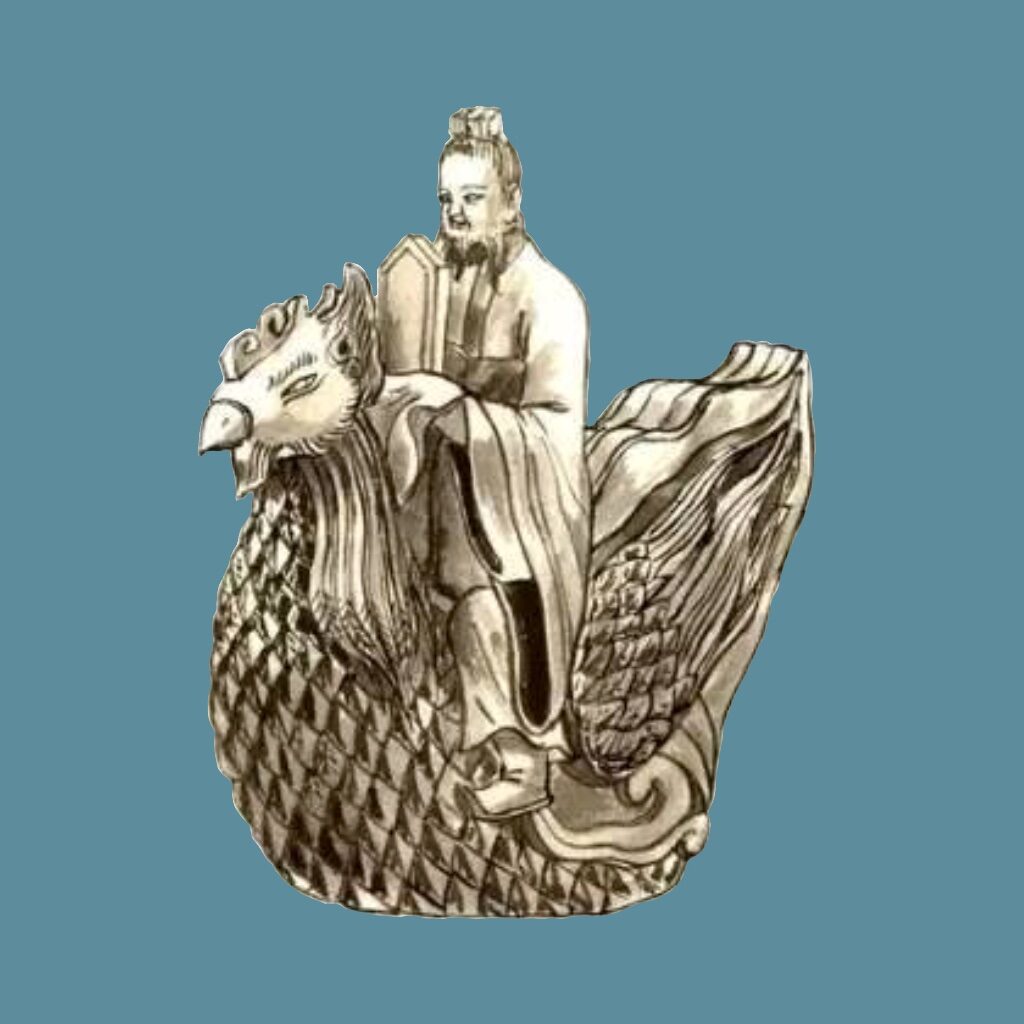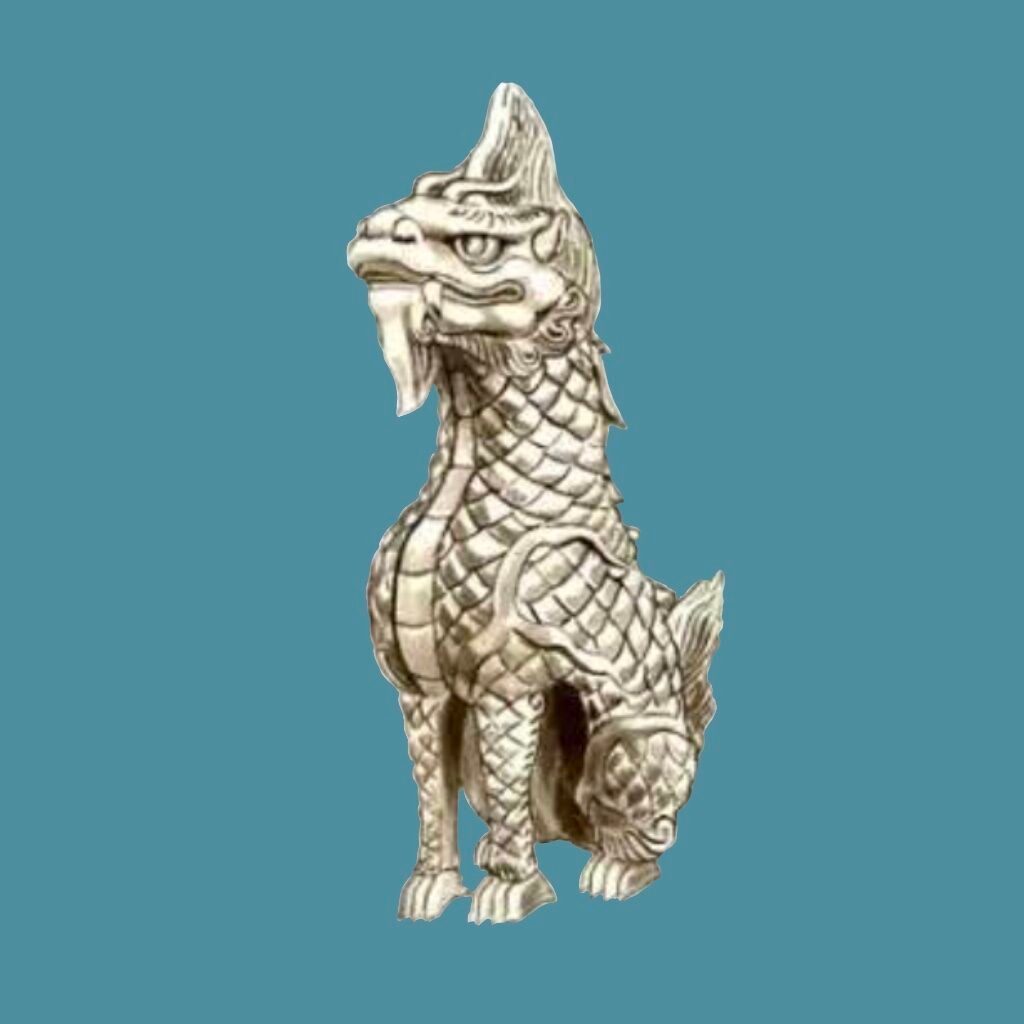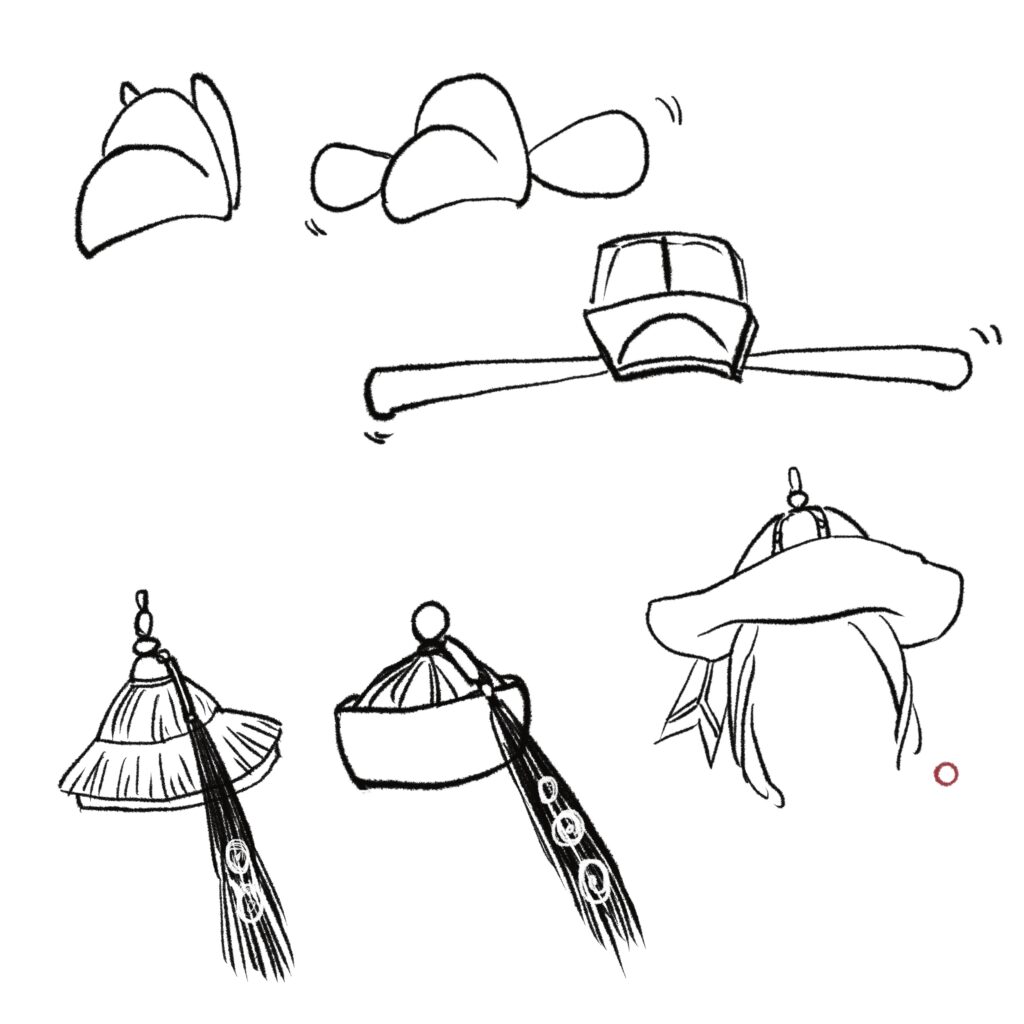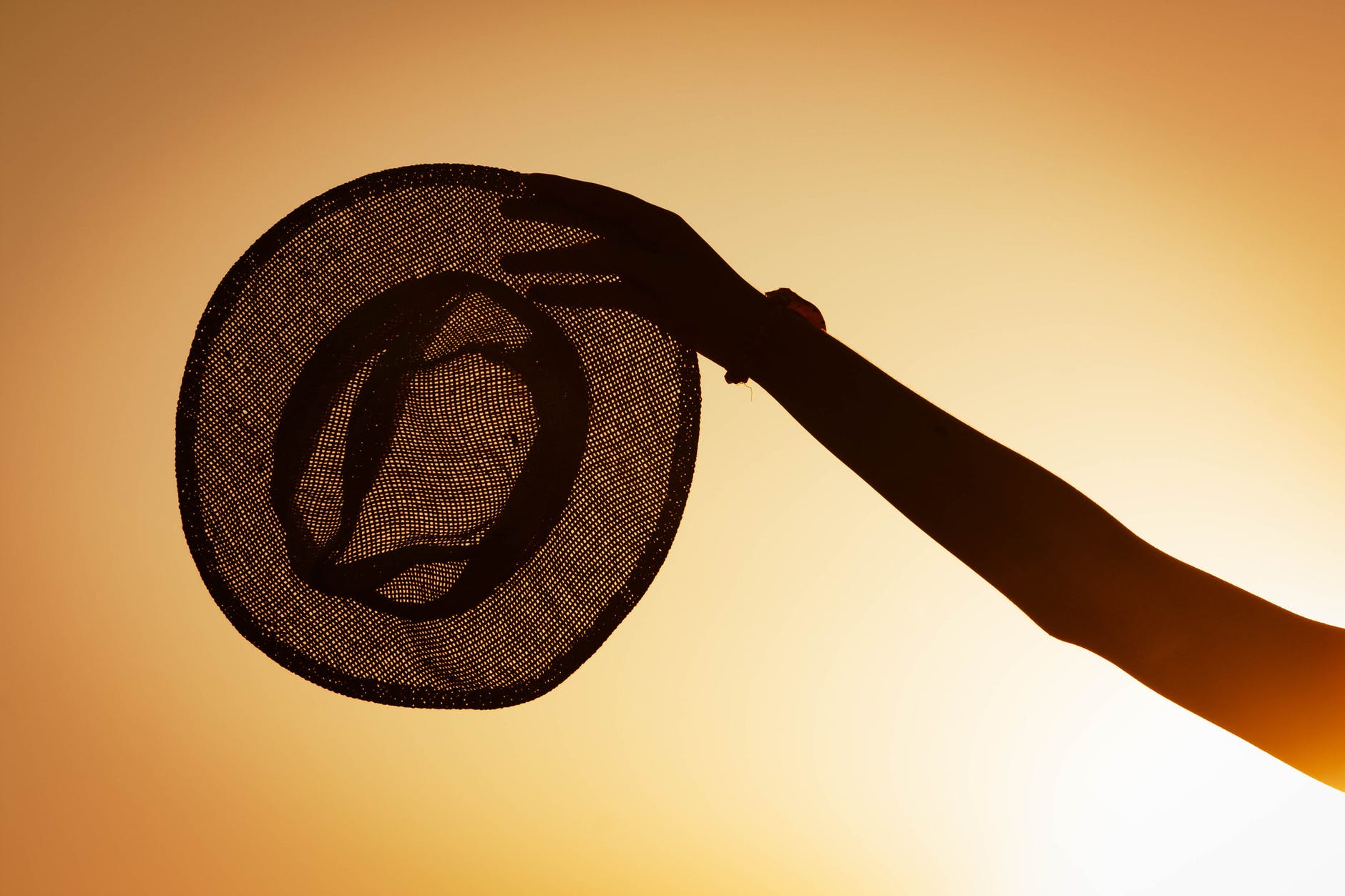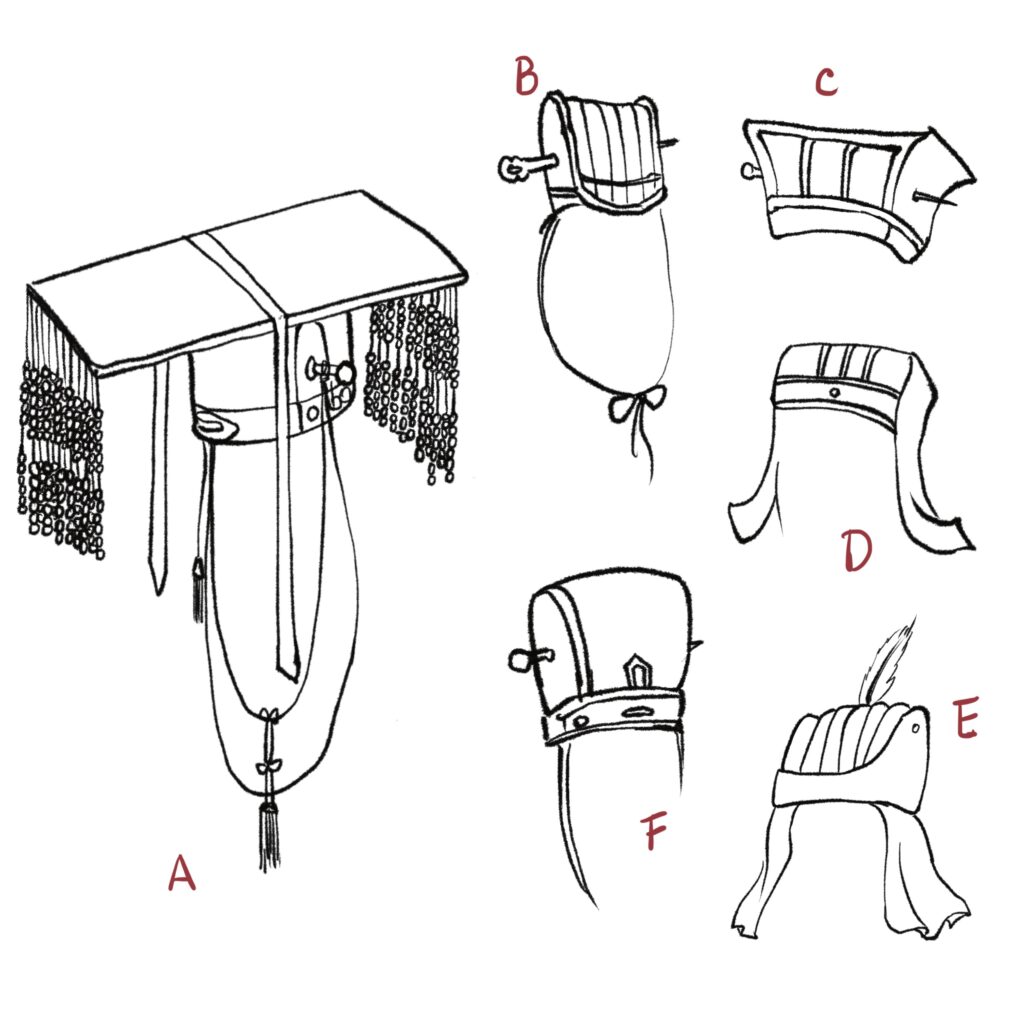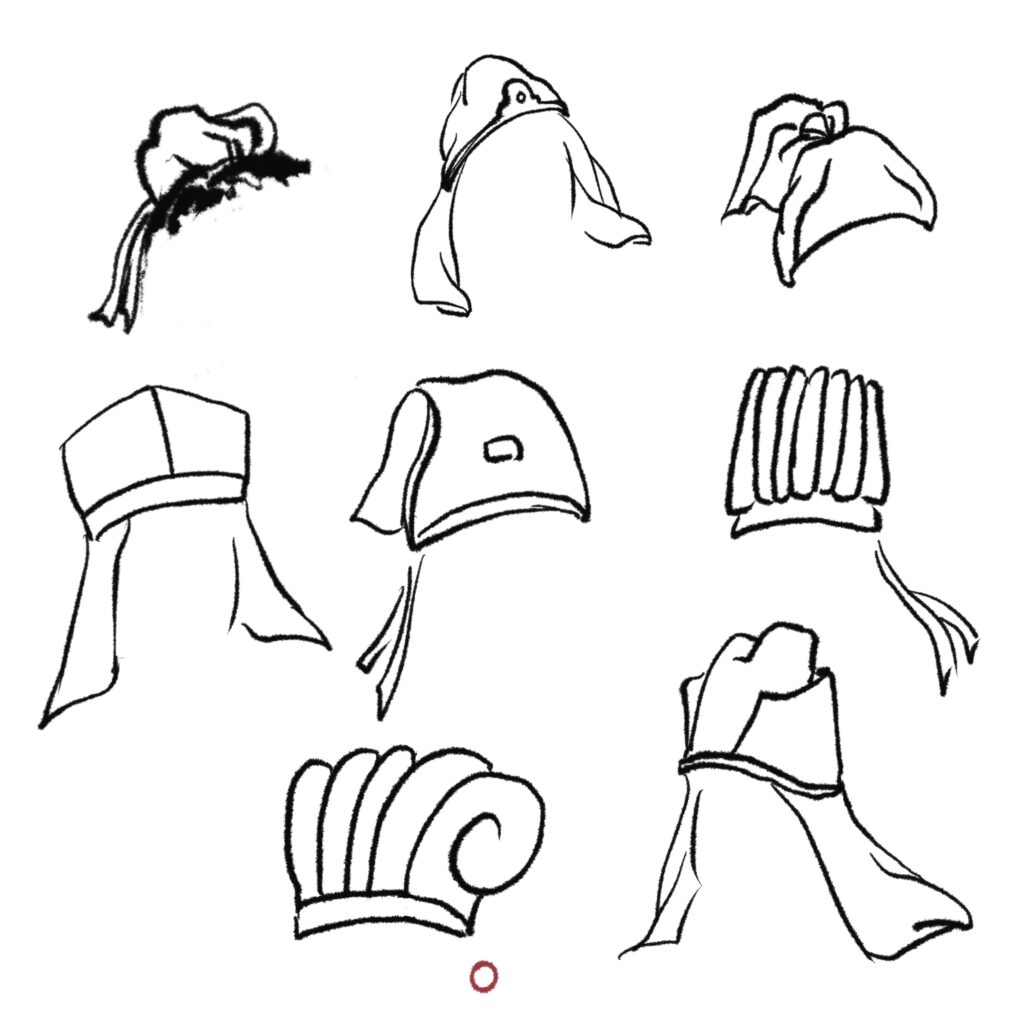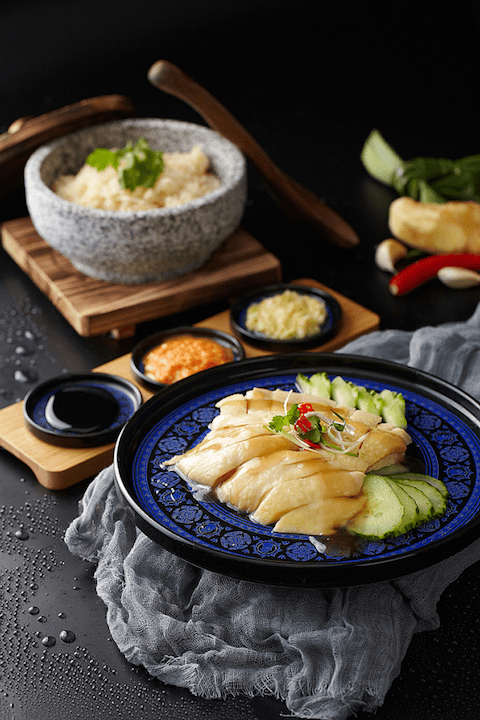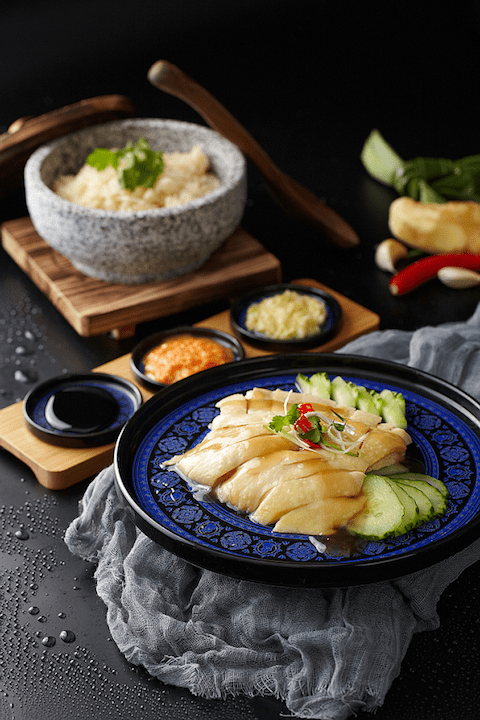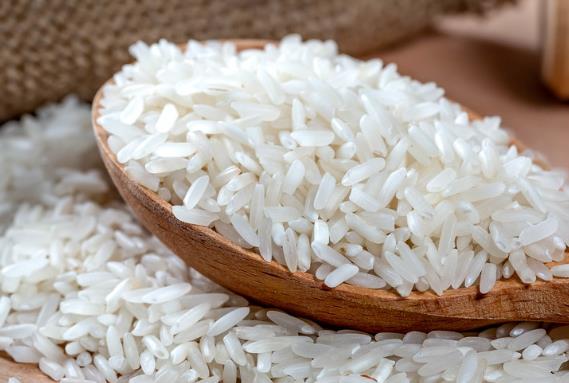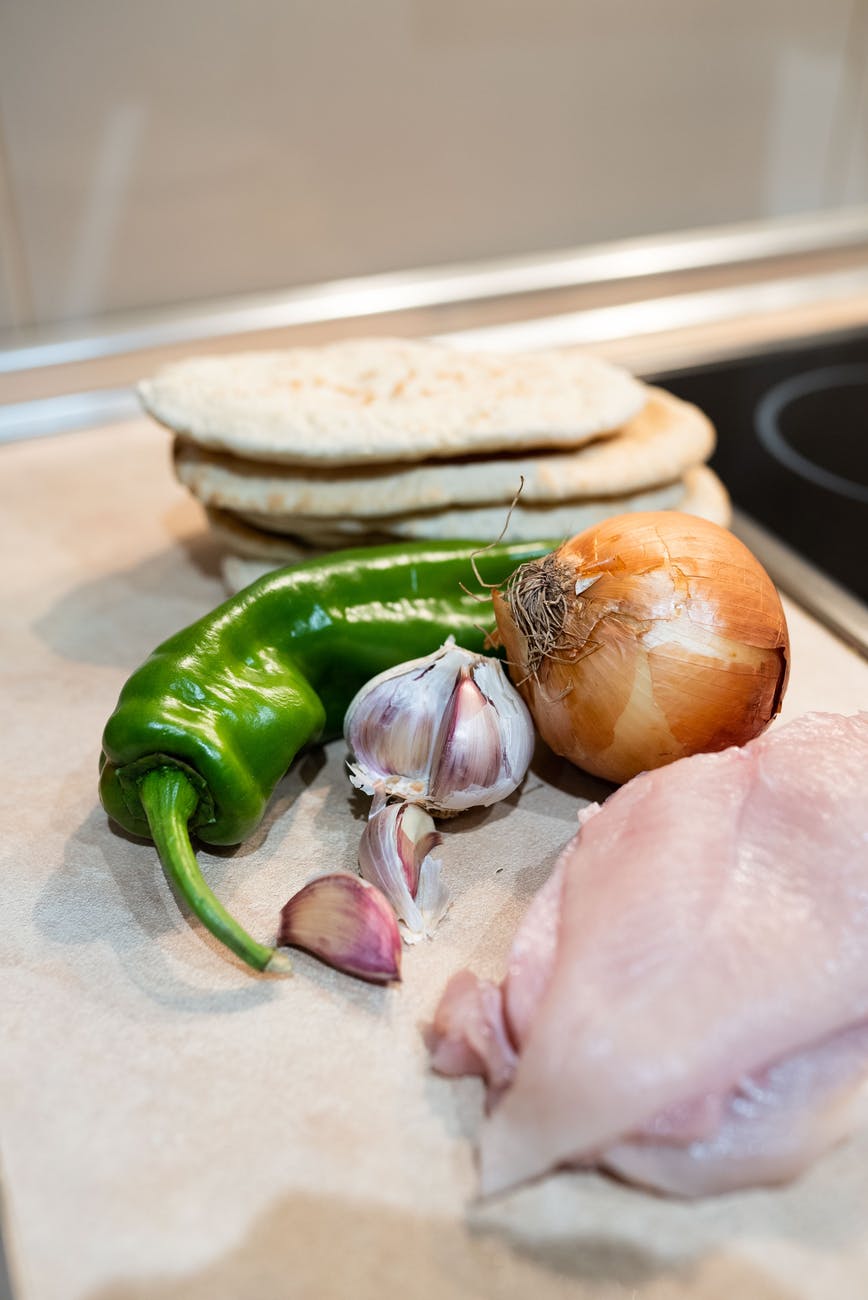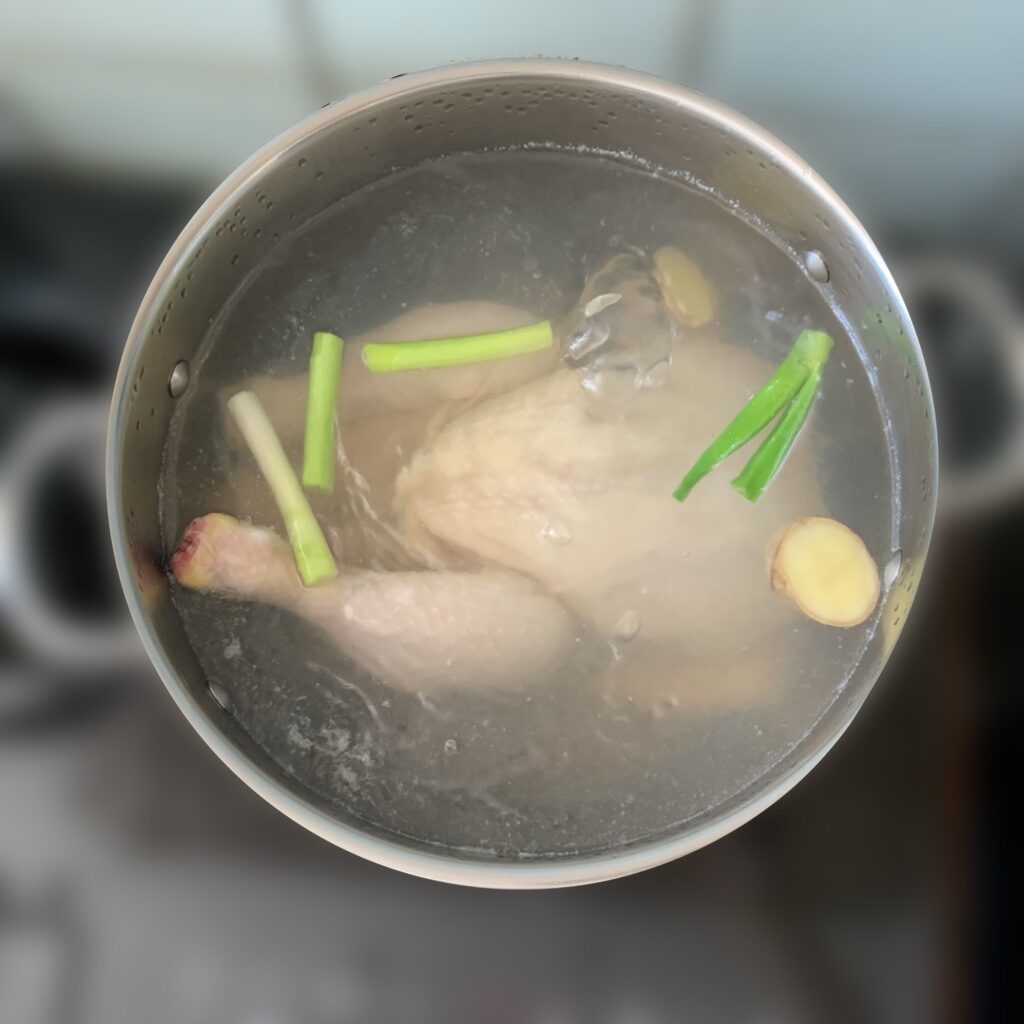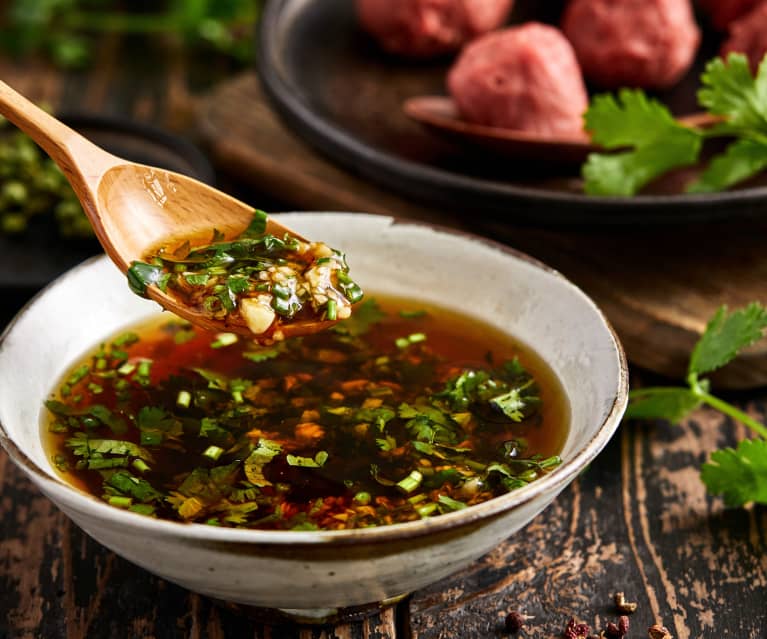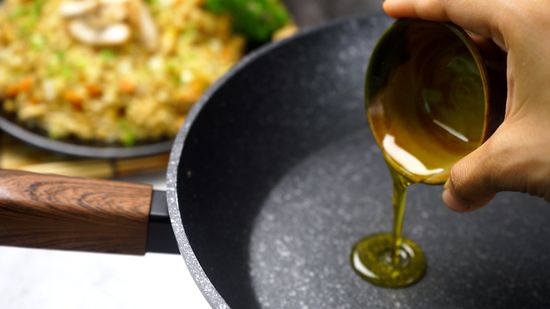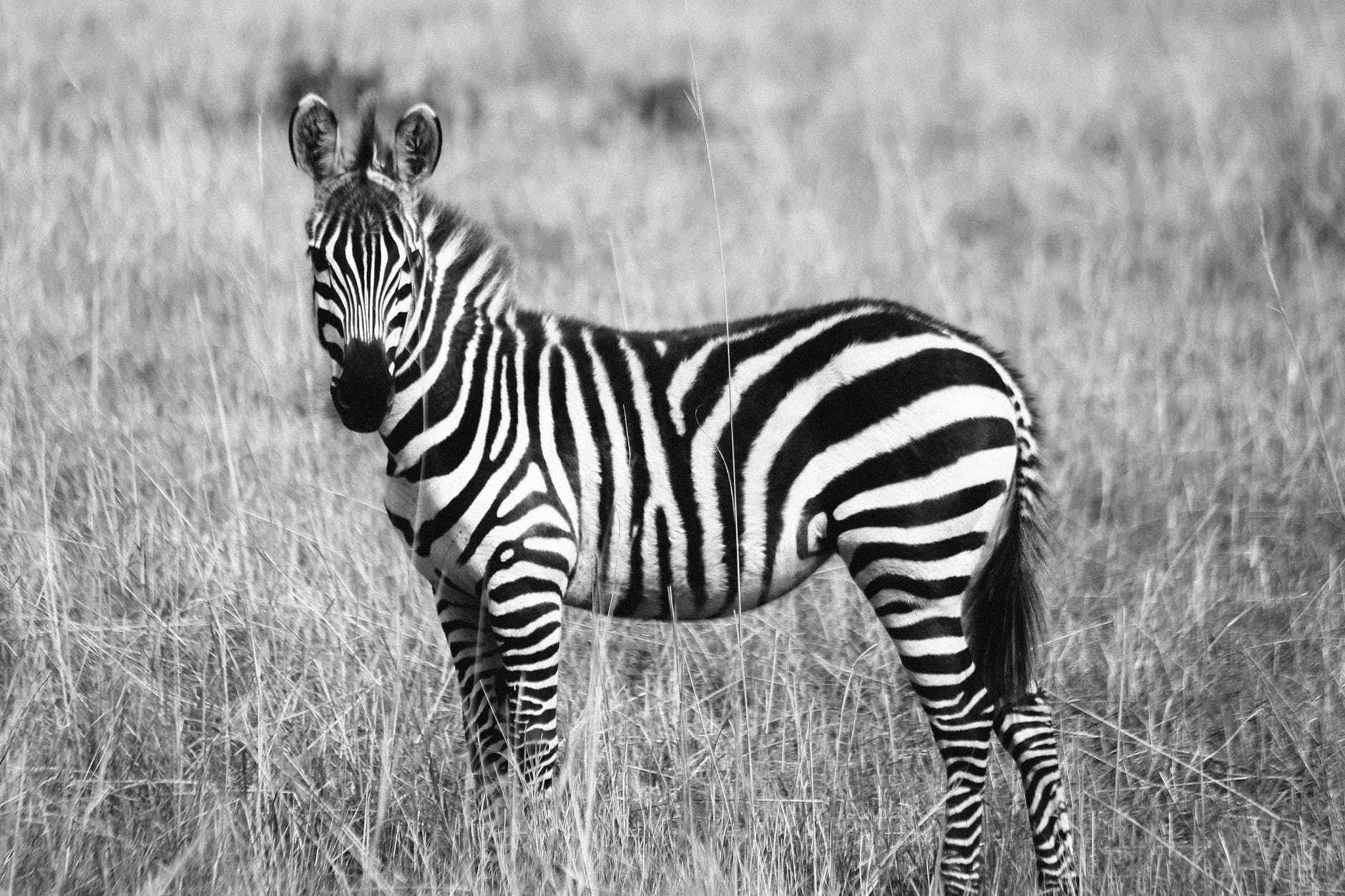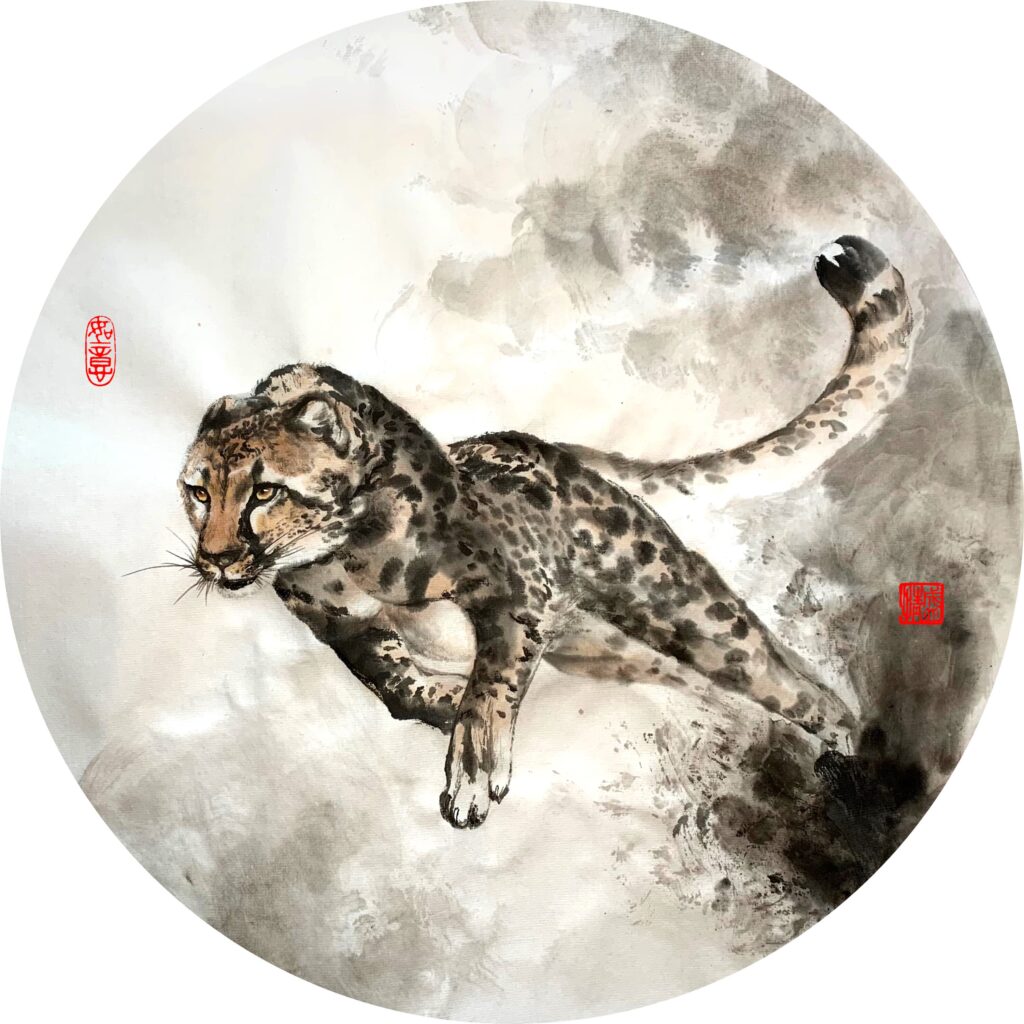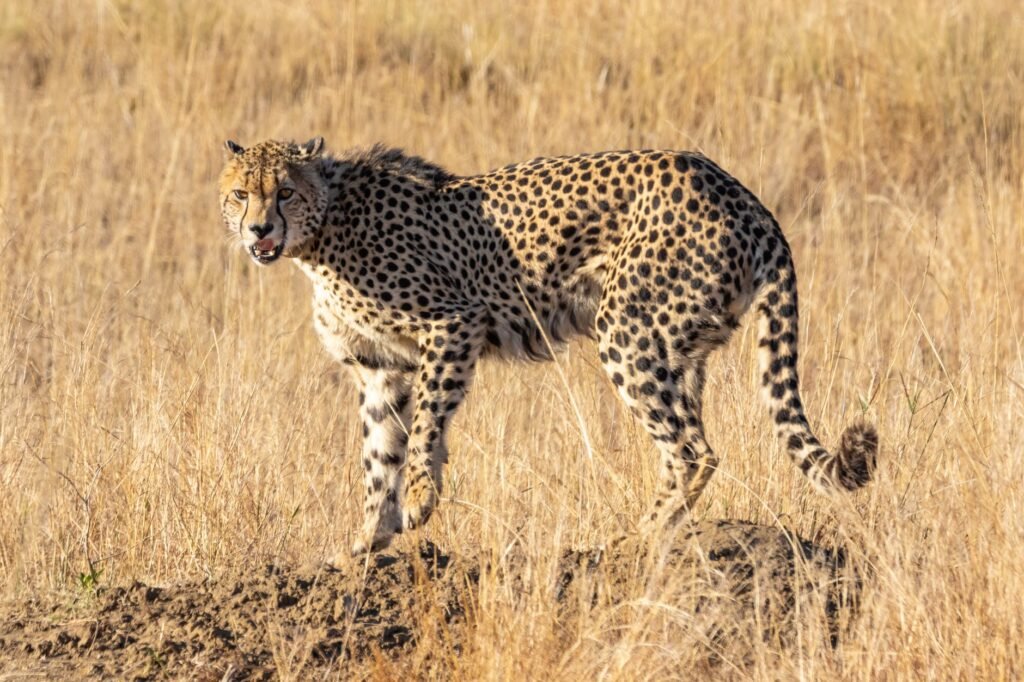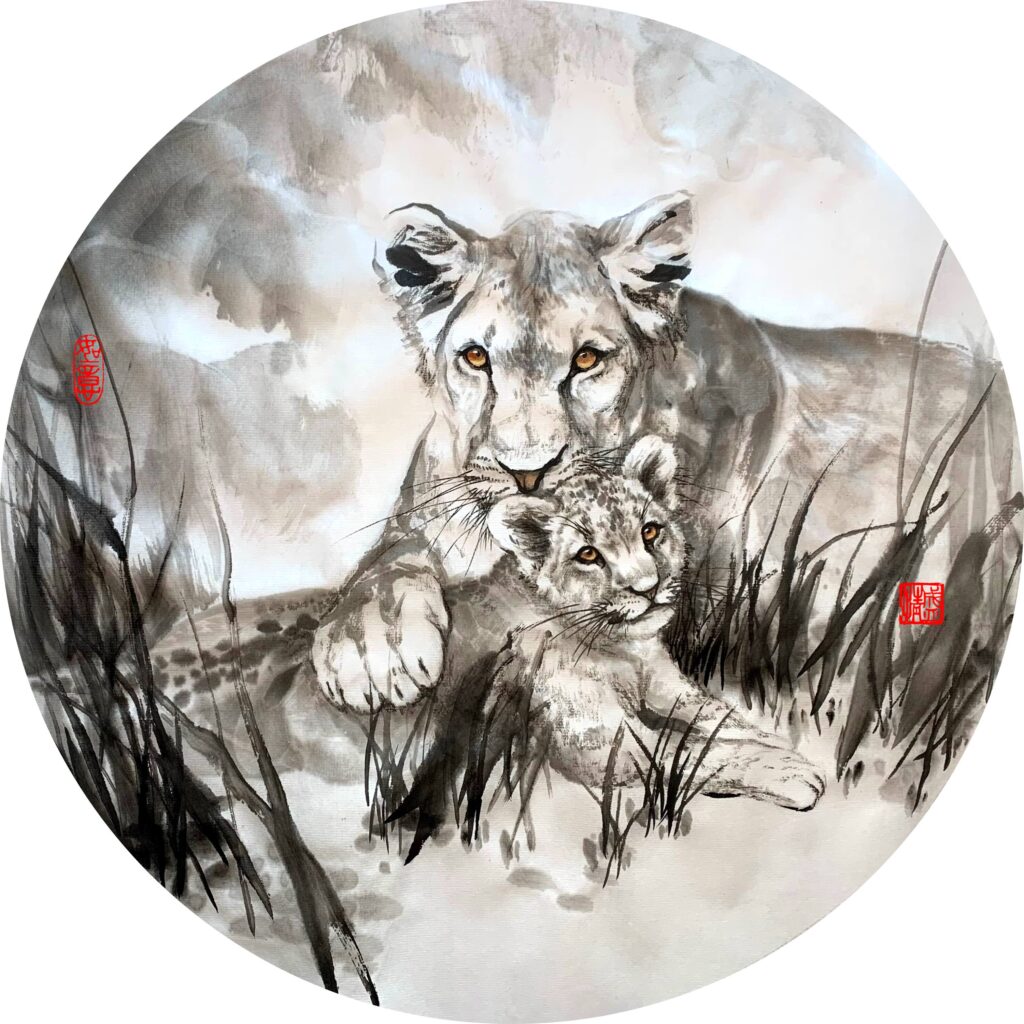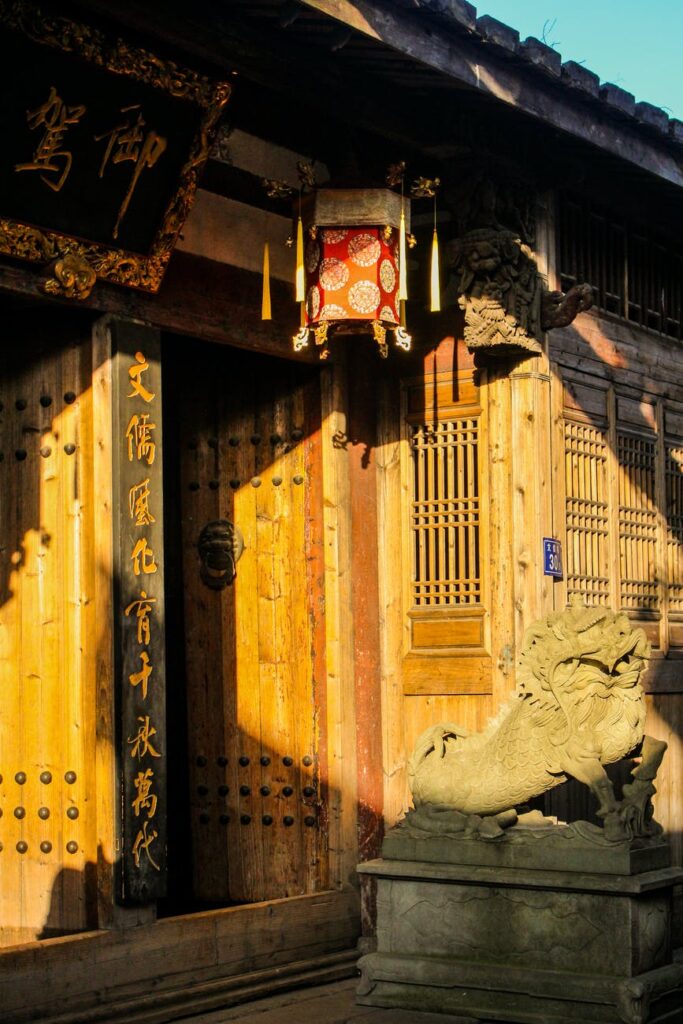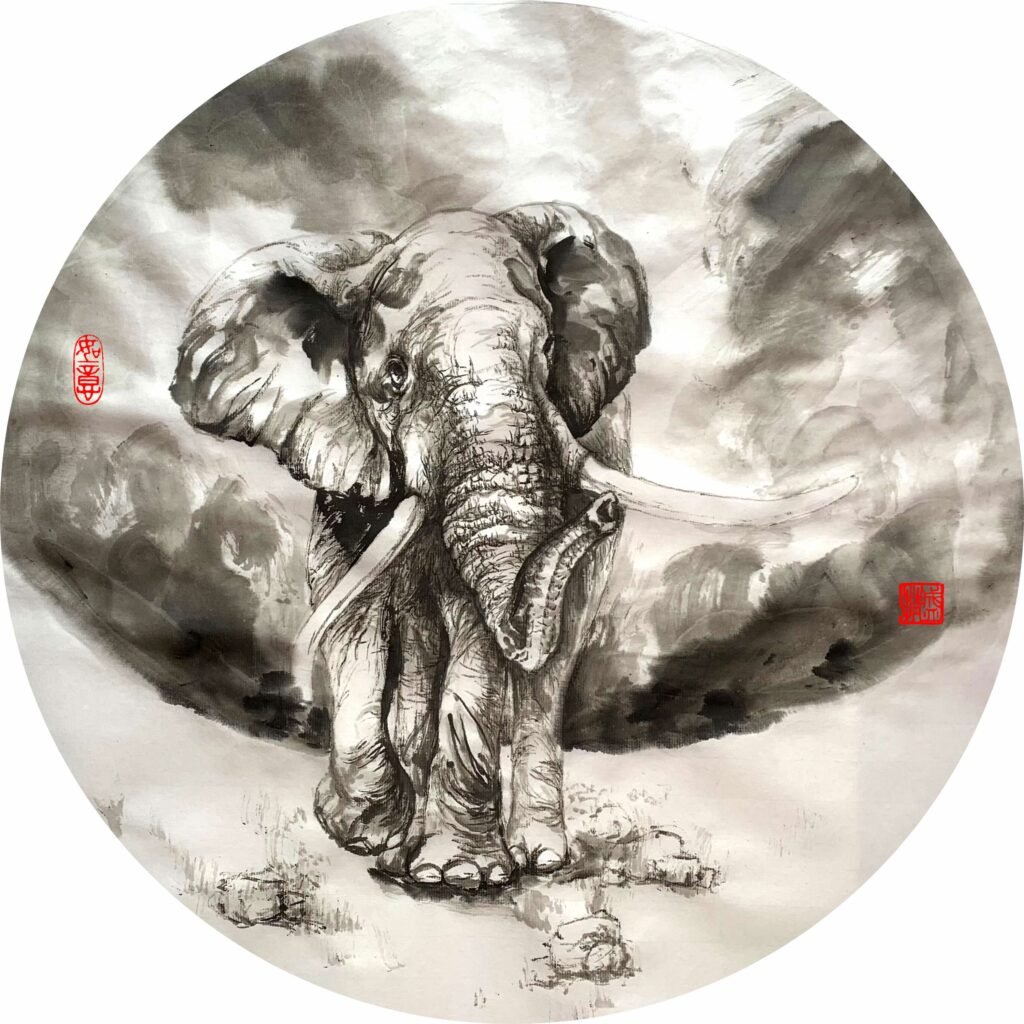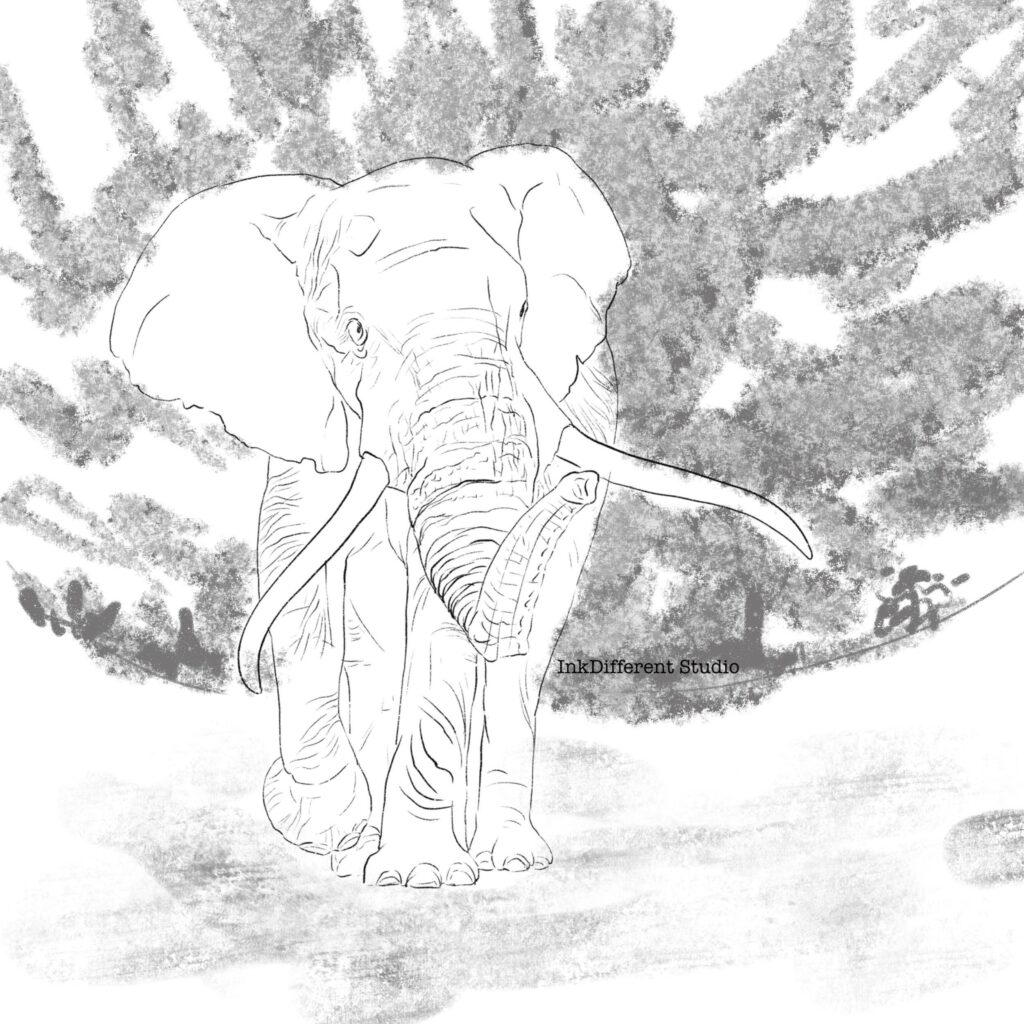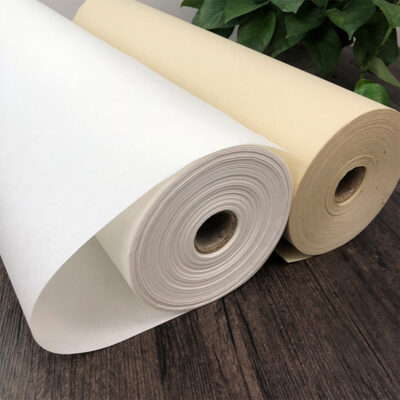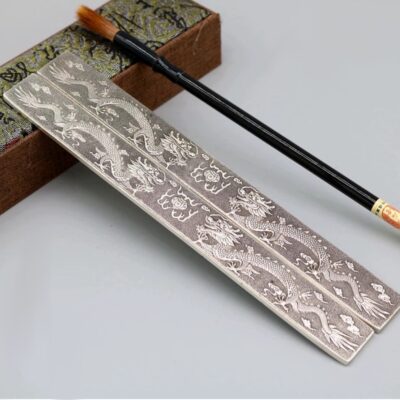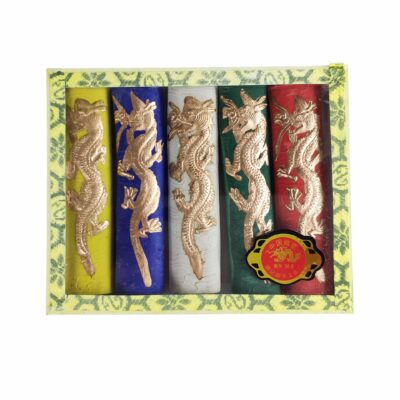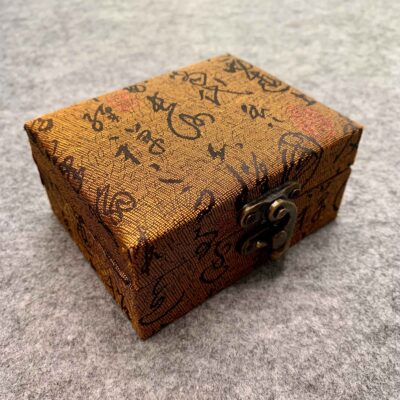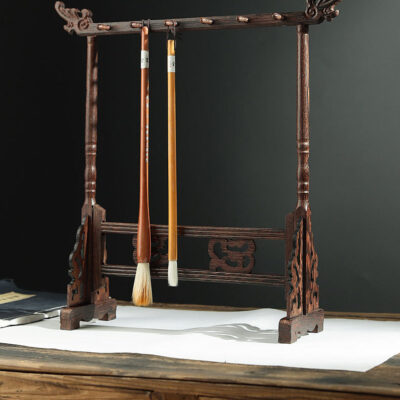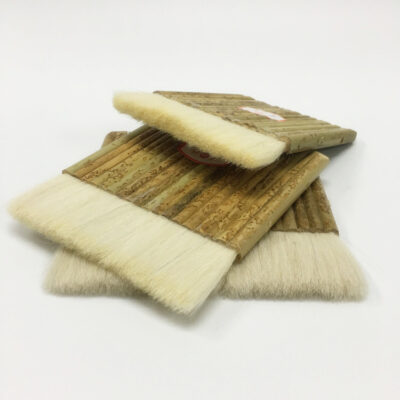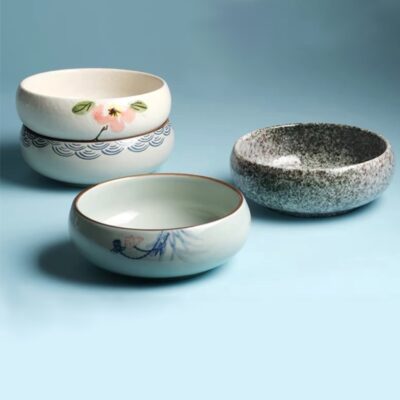Back in time, are you still a beauty?
Our appreciation of what is “beautiful” has evolved over time – “evolve” may be inaccurate – it surely has changed. A common knowledge of the Han Dynasty was that there was once a magnificent dancer who was slim and elegant, and she captured the heart of the emperor, so civilians started to starve themselves in order to be beautiful just like her; In the Tang Dynasty, people enjoyed the wealthy and luxurious life, and therefore being full-figured became the measurement of beauty. It seems that girls have long been conscious about our curves. But what about men? Throughout the Oriental history there have been two major considerations of beauty amongst men: eyebrows and beard. The international sentiments towards keeping beard is profound, so this time let us only focus on the oriental tradition.
In fact, there may have been more practical reasons for keeping a moustache or a beard, most likely to keep warm and perhaps to show off masculinity. These facial hairs may even serve to intimidate enemies during battles. It is believed that in the Qin Dynasty people believed so, which is why on the faces of the Terracotta warriors beards are often present.
The word for beard or moustache in Chinese used to be “须”, “髭”, or “髯”. The distinctive three parallel strokes consistently present in each character represented the drawing of facial hair. Depending on the location of such facial hair, the names are different. It seems the most important one has been over the lips, “髭”, which determines whether a person is beautiful. The presence of facial hair was also crucial for emperors, in which case, they are called the dragon hair, “龙须”. Today, we can still find noodles named the “dragon hair” to represent their fine quality.
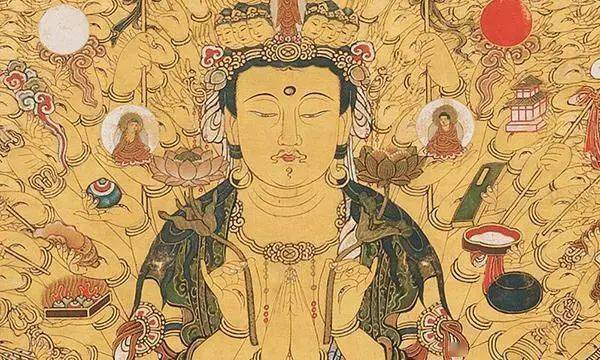
In the beginning, images of Buddha has beard too!
In order to maintain high quality facial hair, men in the older days did quite a lot. In the book of an ancient pharmacist named Sun Si Miao from the Tang Dynasty, there were quite a few recipes on how to maintain dark and quality facial hair, and then about how to dye the hair dark, perhaps as a desperate final resort. People also worked hard at pulling out the white hairs, so that the moustache or beard always looked neat. Good facial hair was a sign of intelligence, making the bearer trustworthy and capable. The dates dedicated to maintaining the facial hair has to be carefully selected, the remaining facial hair cannot be too much or too little, because ladies would pass judgements on them, sometimes a male may be deemed unfit as the marriage material due to their facial hair. This is quite serious indeed!
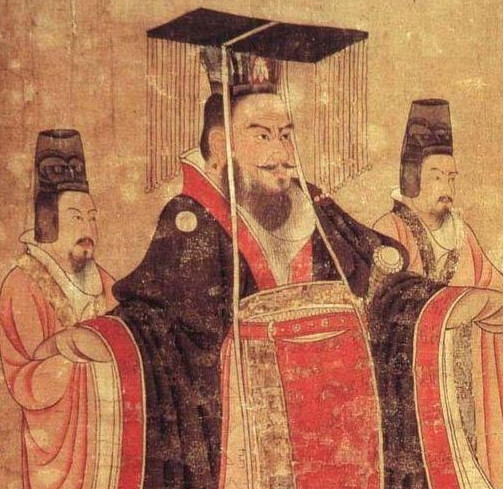
Han Dynasty Emperor, Han Wudi (156BC-87BC)
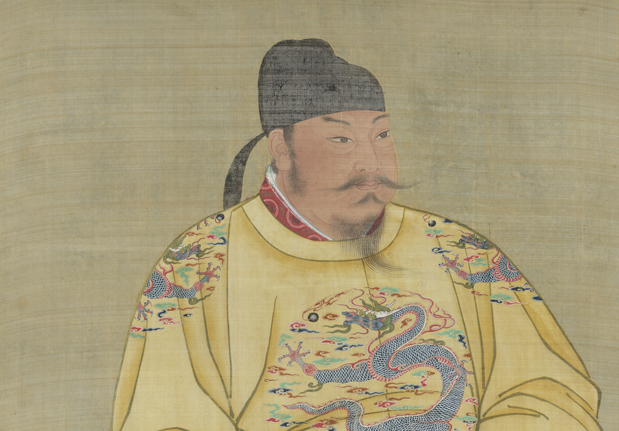
Tang Dynasty, Tang Tai Zong (598-649)
So there are three kinds of facial hair that matters, the kind between the nose and the upper lip, the kind on the chin, and the sideburns. Exactly how the combinations worked changed over time, but in general, one notable change was that the upward facing hairs above the lips went downwards, you can see the trend by comparing the illustrations of the various emperors.

Qing Dynasty, Qian Long (1711-1799)
There were some historical discontinuation on the long love for facial hairs, before the Han Dynasty, people generally considered facial hairs came from parents, and therefore shall not be harmed, so there was no shaving at all; In the North Kingdom (386-581), some young men shaved it all off and even used face powder, but they were quickly despised by the following generations; The Buddhism followers after the Song Dynasty generally shaved all the hair on the head, believing that it was the way to cut all ties with the mundane life, without such ties, they could focus on what really matters in the spiritual world. Perhaps moustache and beard also have this function, to create links with our world, and if that is the case, perhaps they are not so bad? But do you find facial attractive?
Enjoy such cultural discussions? Have comments? I look forward to hearing from you!
-
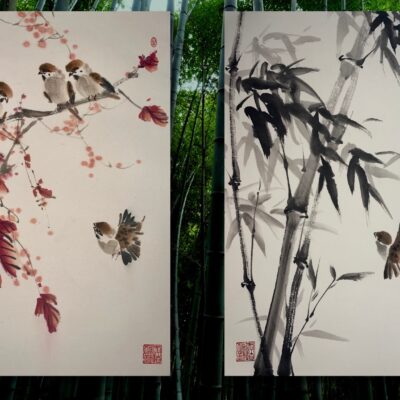 Bamboo & Sparrow Painting Course
Bamboo & Sparrow Painting Course -
 Cat Painting Course
Cat Painting Course -
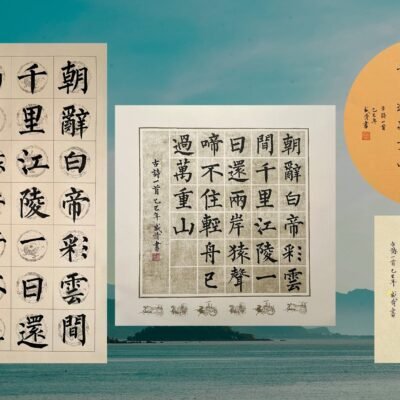 Chinese Calligraphy Regular Script Masterclass
Chinese Calligraphy Regular Script Masterclass -
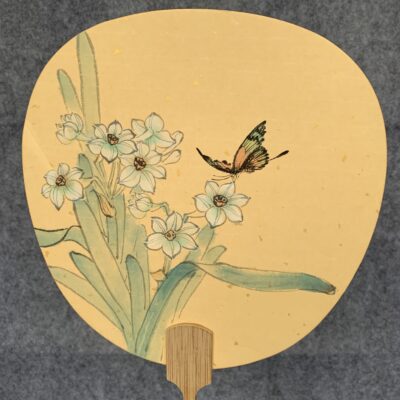 Daffodil & Butterfly Fan Painting Course
Daffodil & Butterfly Fan Painting Course -
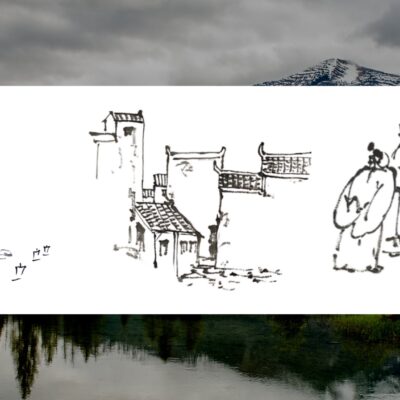 Landscape Scenery Painting Course
Landscape Scenery Painting Course -
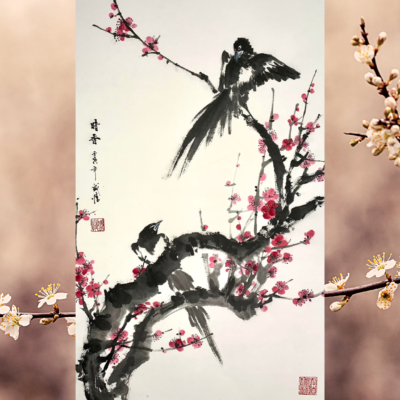 Magpie & Plum Blossom Freehand Painting
Magpie & Plum Blossom Freehand Painting -
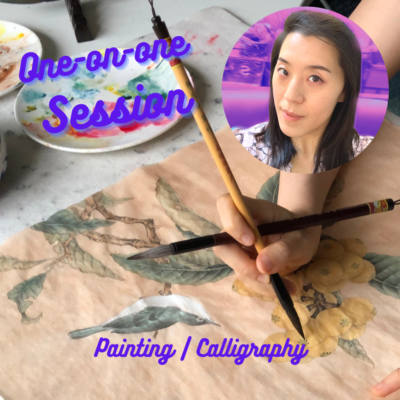 One-on-one Sessions
One-on-one Sessions -
 Panda Ninja Ink Art Club
Panda Ninja Ink Art Club -
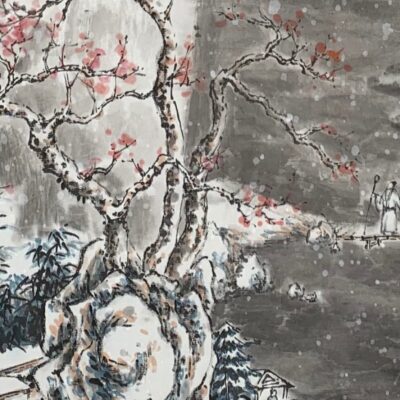 Snow Landscape Painting Course
Snow Landscape Painting Course -
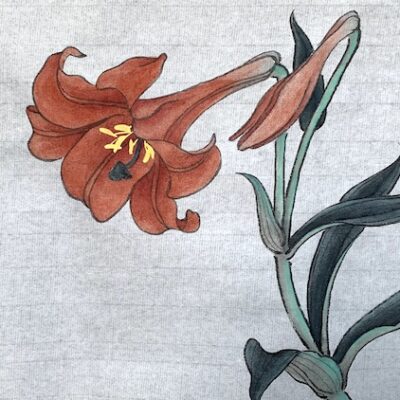 Gonngbi Painting (1) – Introduction & Lily Flower
Gonngbi Painting (1) – Introduction & Lily Flower
Buy Artworks | Learn Brush Painting | Learn Chinese Calligraphy
Back in time, are you still a beauty? Read More »

